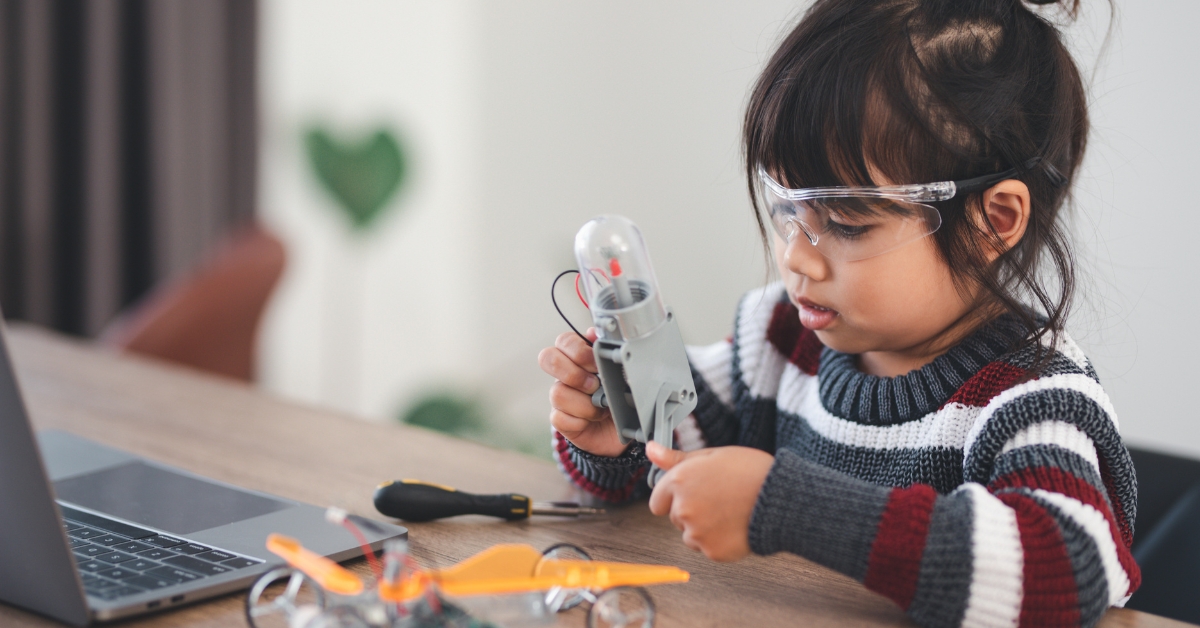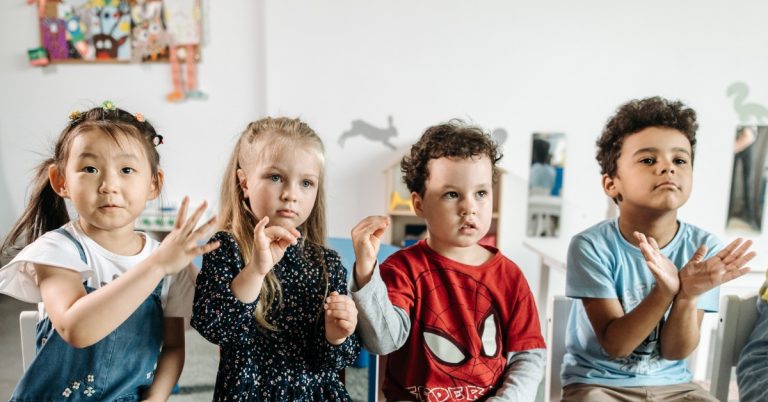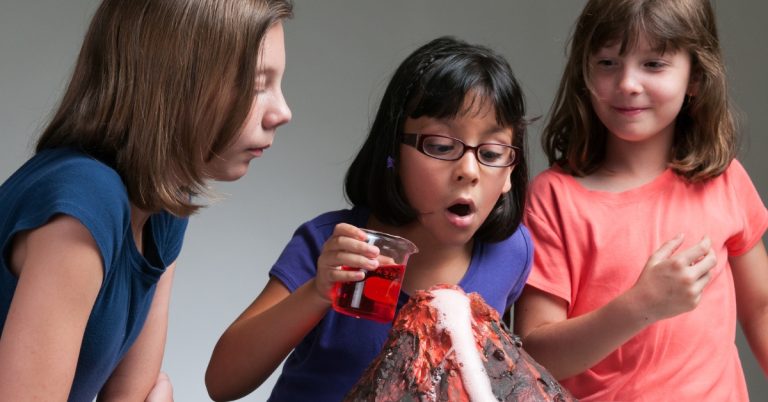Learning by Doing: How Experiential Education Transforms Classrooms
In an increasingly fast-paced and technologically driven world, the traditional methods of teaching – often characterized by rote memorization and passive learning – have come under scrutiny. Educators are now exploring innovative approaches that not only engage students but also equip them with the skills and experiences necessary to navigate real-life challenges. One such approach, experiential education, emphasizes “learning by doing,” transforming classrooms into dynamic environments where students gain knowledge through direct experience.
Understanding Experiential Education
Experiential education is rooted in the concept that people learn more effectively when they actively participate in their learning processes. Developed from the philosophies of notable educational theorists like John Dewey and Kurt Hahn, experiential education bridges the gap between theory and practice. By placing students in real-world contexts—whether through internships, simulations, project-based learning, or outdoor education—experiential education seeks to cultivate critical thinking, collaboration, and problem-solving skills.
The Benefits of Learning by Doing
Increased Engagement: Experiential education fosters a sense of ownership among students. When learners participate in hands-on activities, they are more likely to remain motivated and focused. Engaged students are not merely passive recipients of knowledge; they take an active role in their education, leading to deeper understanding and retention of information.
Development of Critical Skills: In a rapidly evolving job market, soft skills like teamwork, communication, and adaptability are prized by employers. Experiential learning environments cultivate these skills as students collaborate on projects, navigate challenges, and reflect on their experiences. Such engagement builds resilience, creativity, and emotional intelligence, preparing students for future success.
Real-World Application: Theory alone can feel abstract and disconnected for many students. Experiential education allows learners to apply concepts in real-world scenarios. For instance, a science class might conduct experiments in a natural setting, while a history class might engage in role-playing activities to better understand historical events. This bridge between theory and practice enhances comprehension and relevance.
Inclusivity and Diversity: Experiential learning can cater to a diverse range of learning styles. Kinesthetic learners, who grasp concepts better through movement and hands-on experiences, can thrive in environments that prioritize active engagement. Additionally, experiential education promotes inclusivity by encouraging diverse perspectives and collaboration among students from different backgrounds.
Reflection and Growth: Reflection is a core component of experiential education. After engaging in activities, students are encouraged to think critically about their experiences, identify lessons learned, and consider how they can apply these insights in the future. This reflective practice enhances metacognition – understanding one’s own learning processes – and fosters a growth mindset.
Implementing Experiential Learning in Classrooms
Transforming a traditional classroom into an experiential learning environment involves some strategic planning and creativity. Here are several strategies educators can employ:
Project-Based Learning (PBL): Structure classes around complex questions or problems that require students to research, collaborate, and create solutions over an extended period. This approach not only fosters deep learning but also emphasizes essential skills like project management and effective communication.
Internships and Mentorships: Partner with local businesses and organizations to provide students with opportunities for internships or mentorships, allowing them to gain practical experience in their areas of interest.
Field Experiences: Take learning beyond the classroom by organizing field trips to relevant sites, such as museums, laboratories, or community organizations. Such experiences offer students a first-hand look at how theories and concepts are applied in the real world.
Simulation-Based Learning: Create simulations or role-playing activities that mimic real-life scenarios relevant to the subject matter. This approach allows students to experiment, take risks, and learn from mistakes in a safe environment.
Service Learning: Integrate community service projects into the curriculum. Service learning combines classroom instruction with meaningful community engagement, leading to enhanced civic responsibility and social awareness.
Challenges and Considerations
While the benefits of experiential education are profound, implementing such approaches may come with challenges. Educators must often navigate larger class sizes, curriculum constraints, and limited resources. Additionally, ensuring that experiential learning remains aligned with educational standards requires careful planning and assessment strategies.
Moreover, not all students may have prior exposure to hands-on learning experiences, making it essential for educators to provide adequate support and scaffolding. Training teachers in experiential education methodologies is crucial for successful implementation, ensuring that they feel equipped to guide their students through these transformative experiences.
Conclusion
As education evolves in response to the demands of the 21st century, experiential education stands out as a powerful approach that redefines how we think about learning. By emphasizing “learning by doing,” schools can create more engaging, relevant, and impactful educational experiences that nurture not only knowledge but also the critical skills necessary for navigating an unpredictable world. In the end, classrooms infused with experiential education do more than teach; they inspire students to become active, informed, and proactive participants in their own learning journeys and in the broader community.



